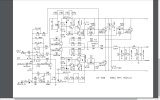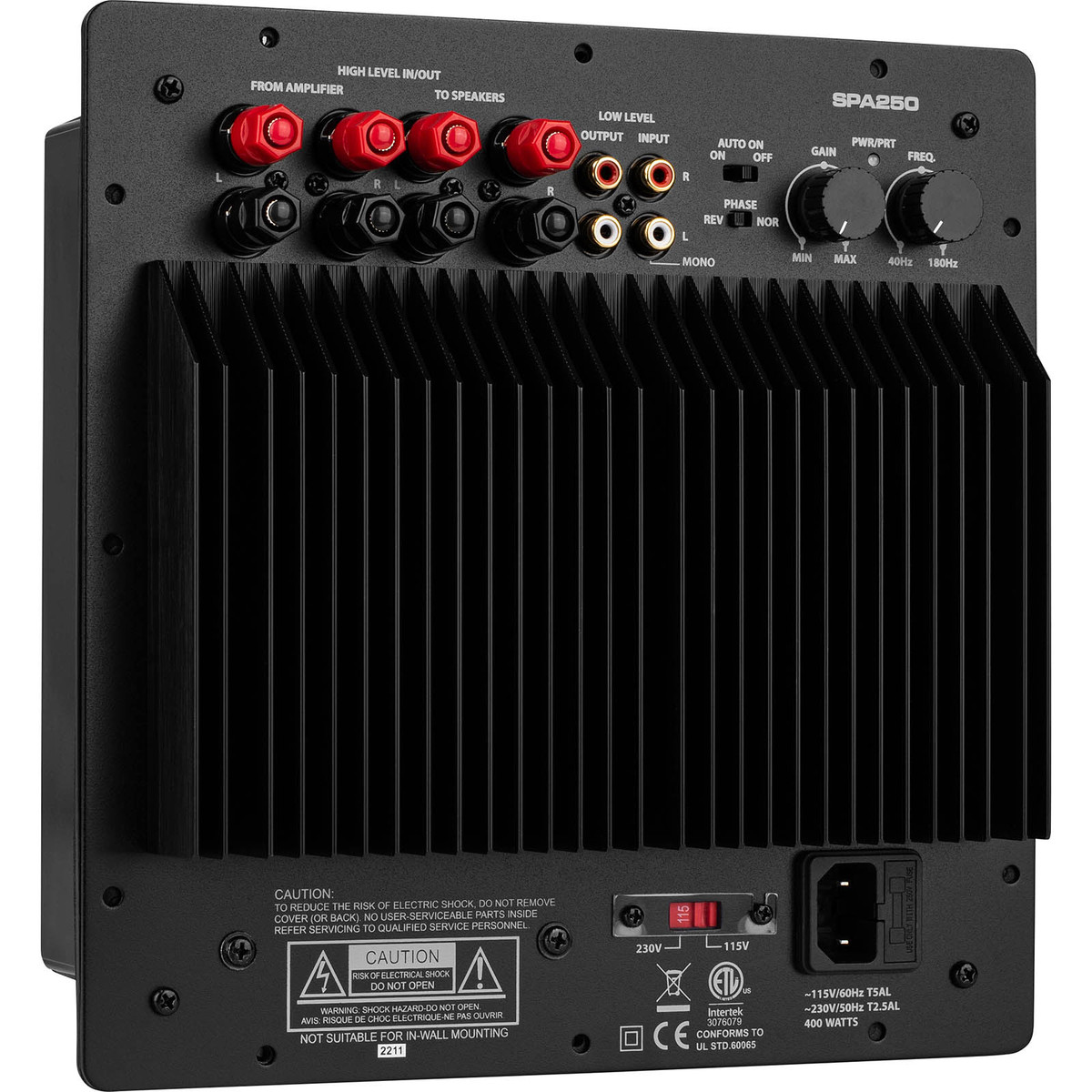Glad this thread is still active. I inherited0 FOUR BP7006 units and one BP7002 unit. With some help from another forum (AVForums), I replaced the SMT caps in the ±15V power supply section, which eliminated the infamous hum. But one of the units exhibited additional / sporadic humming and scratchy noises. I nearly gave up, until the suggestion about "tin whiskers" convinced me to clean both PCBs better. I removed lots of old glue from around the U4 integrated circuit, and cleaned the entire DS300 Amp Board with a toothbrush and alcohol (after removing the heat sink). I used a toothpick to clean between the contacts of the integrated circuit, which were gummed up with old glue (which some have suggested might become conductive as it ages). Tried to be gentle since some of the PCB traces are very small and delicate. Sure enough, the noises stopped (fingers crossed).
Unfortunately, I'm having additional troubles with two of the units. On one, the bass level potentiometer raises/lowers the bass level only slightly. Even if I short circuit the pot to zero-resistance, the bass level is lower than the other speakers. Maybe there's a faulty Op Amp somewhere in the amplification pipeline. Or maybe "tin whiskers" or old/hardened (electrically-conductive?) glue are shorting something. I'll try cleaning its PCBs. On the other unit, the bass level jumps dramatically when the pot is turned slightly above minimum. I'll try some tuner cleaner on the pot. More to come on these problems.
Thanks to everyone for their thoughts and comments. I was on the verge of replacing the amps (the main topic of this thread), but the warning about losing the equalization boost (@35Hz) convinced me to keep trying to fix the original amps. Also, the cost of replacing the amps was easily over $100 per speaker since each required an amp board, a pre-amp (with volume & crossover adjustments), a Line Output Converter (to accept speaker-level inputs), and some harnesses, mounting hardware, and lots of work.
Even if I get these units all repaired, they're too "boom-y" for my taste. The bass isn't as tight and deep as my home-made subwoofer. Oddly, these Def Techs don't have a pot to adjust the crossover frequency. Maybe Datrumole is right about the crossover frequency being high to blend with the upper speakers ... higher than normal for a subwoofer (and hence someone's comment that these aren't really subwoofers, but rather just woofers). So, once the repairs are complete, maybe I can sell them to a local buyer (they're too big to ship), else maybe I'll donate them to my local Habitat-for-Humanity "ReStore". The wife gives me funny looks when she envisions me cluttering the house with four more tower speakers!


